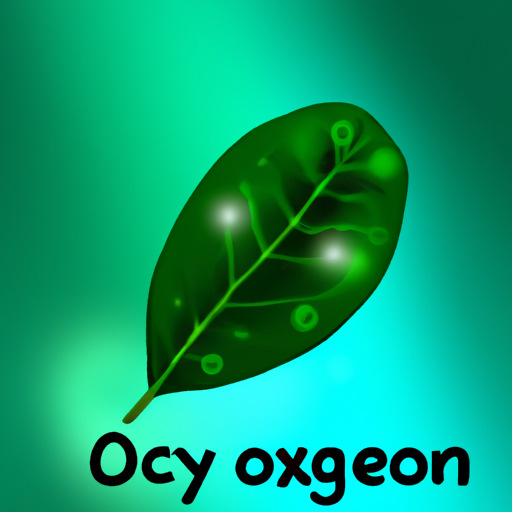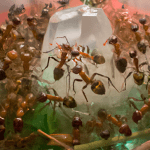What Does Photosynthesis Release? Exploring the Oxygen-Producing Process
Photosynthesis is a fascinating process that occurs in plants, algae, and some bacteria. It is the process by which these organisms convert sunlight, water, and carbon dioxide into glucose (a type of sugar) and oxygen. In this article, we will delve into the details of photosynthesis and explore what it releases, with a focus on the oxygen-producing aspect.
Understanding Photosynthesis
Photosynthesis can be divided into two main stages: the light-dependent reactions and the light-independent reactions, also known as the Calvin cycle. During the light-dependent reactions, which take place in the chloroplasts of plant cells, light energy is absorbed by chlorophyll and other pigments. This energy is then used to split water molecules into hydrogen ions (H+), electrons (e-), and oxygen gas (O2).
The Oxygen-Producing Process
The oxygen-producing process occurs during the light-dependent reactions of photosynthesis. As mentioned earlier, water molecules are split, resulting in the release of oxygen gas. This oxygen is a byproduct of photosynthesis and is released into the atmosphere. It is estimated that approximately 70% of the Earth’s oxygen comes from photosynthesis, making it a crucial process for the survival of life on our planet.
The Significance of Oxygen Release
The release of oxygen during photosynthesis has numerous ecological and biological implications. Oxygen is essential for the survival of aerobic organisms, including humans. It is used in cellular respiration, the process by which cells convert glucose and oxygen into energy, carbon dioxide, and water. Without oxygen, aerobic organisms would not be able to generate the energy required for their metabolic processes.
Furthermore, the release of oxygen during photosynthesis plays a vital role in maintaining the balance of gases in the Earth’s atmosphere. Oxygen is a key component of the air we breathe, and its continuous production by plants helps to replenish and sustain the oxygen levels necessary for the survival of all aerobic organisms.
Conclusion
In conclusion, photosynthesis is a remarkable process that not only produces glucose as a source of energy for plants but also releases oxygen into the atmosphere. This oxygen is essential for the survival of aerobic organisms and helps maintain the balance of gases in our atmosphere. Understanding the oxygen-producing process of photosynthesis allows us to appreciate the vital role it plays in sustaining life on Earth.
Remember, photosynthesis is a complex process with many intricate details. By further exploring this topic, we can gain a deeper understanding of the wonders of nature and the interconnectedness of all living organisms.




